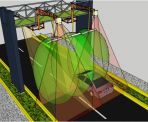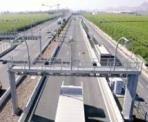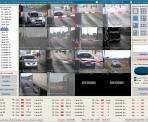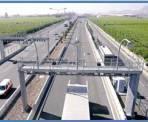Our road controllers make use of the latest market solutions by integrating solutions, tools and sensors with an open architecture, thereby eliminating dependence on suppliers. This feature allows our controllers to operate for over 15 years of continuous use with minimal maintenance and unmatched service levels.
Our solution consolidates market solutions with our own services to achieve a versatile, rugged product that can be adapted to each country's payment methods with the highest level of security and with a PCI-DSS certificate for our solutions.
We provide open and closed toll systems with different configurations:
- Dynamic, automatic, manual and mixed configurations
- Highly intuitive, visual and usable user interface
- Ruggedness and a local database architecture ensure autonomous operation
Our offering
To address these challenges and goals, we offer the following solutions:
- Manual Roadway System
- Automatic Roadway System: allows different types of payment methods, coins, bills, cards (contact-less, chip, magnetic strip), teletoll, NFC, etc
- Dynamic Roadway System
- Mixed configurations that adapt to different layouts and open or closed toll types with entry, exit, or convertible lanes
- Classification and detection systems that incorporate multiple technologies (laser, photo, vision, piezoelectric, contact, magnetic sensors, etc.) adapted to classifications according to the vehicle types in each country and the peculiarities of each installation
- Monitoring and recording systems that facilitate the verification of discrepancies, incidents and monitoring of infractions
- Multiple payment methods incorporating and certifying security based on payment methods and banking standards. DSRC, RFID, Magnetic Strip, Chip, Online checks, NFC, license plate subscription, etc
- License plate recognition: Optimized for multiple countries, it allows for incident management, collections management, route closures, special client processing, infraction management, etc
- Management of lists and online and offline payment methods making it possible to create special travel policies




